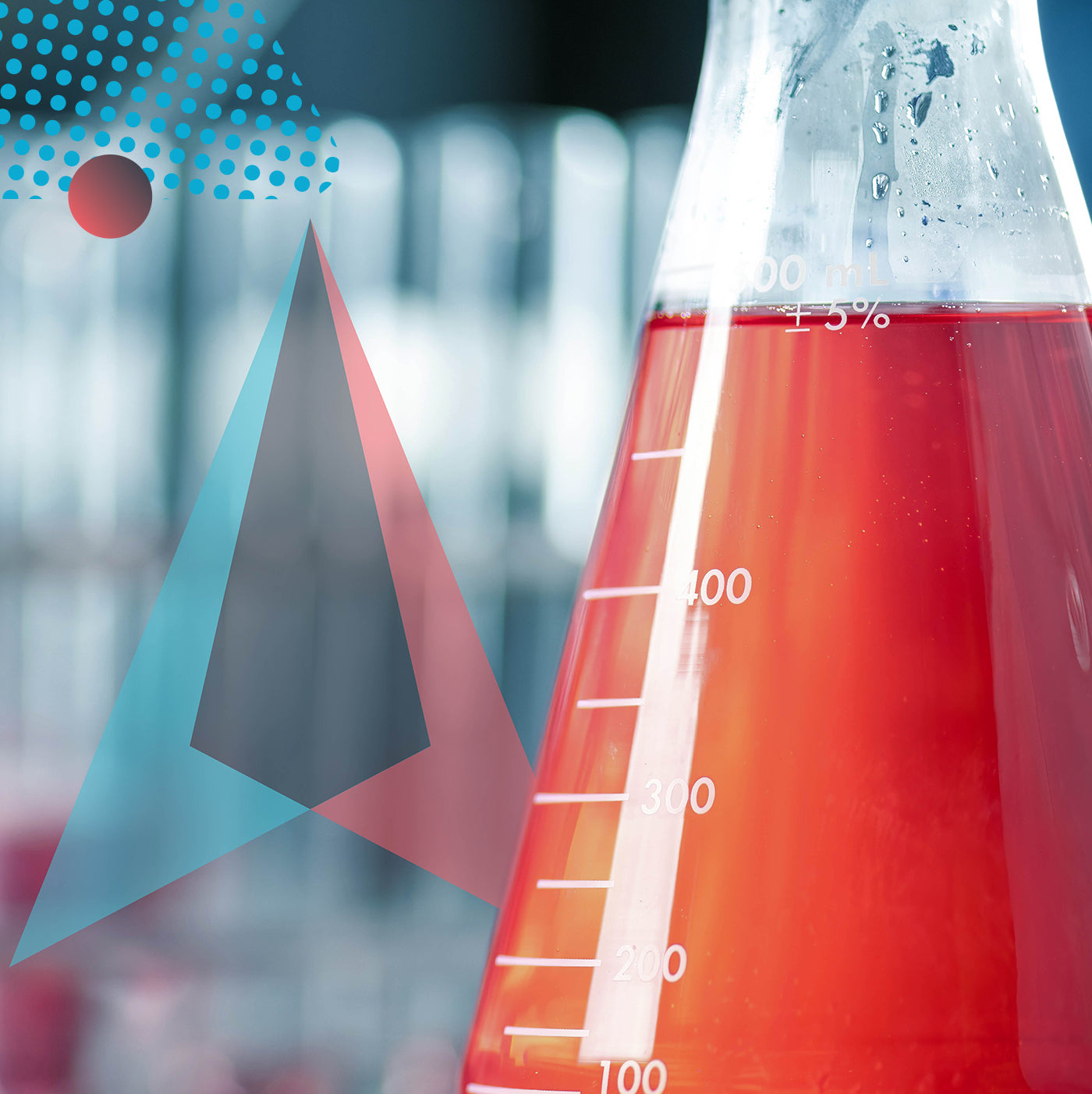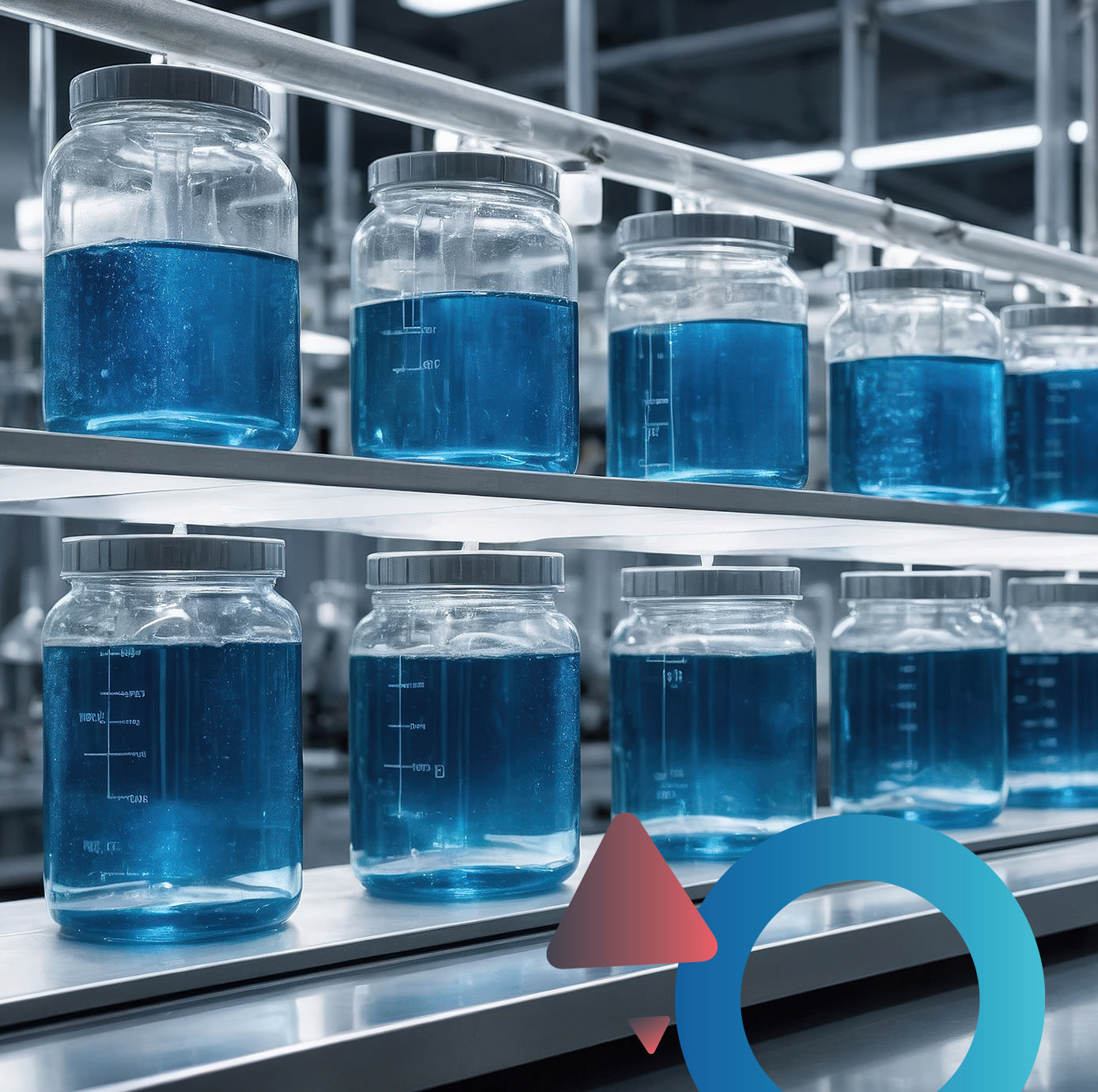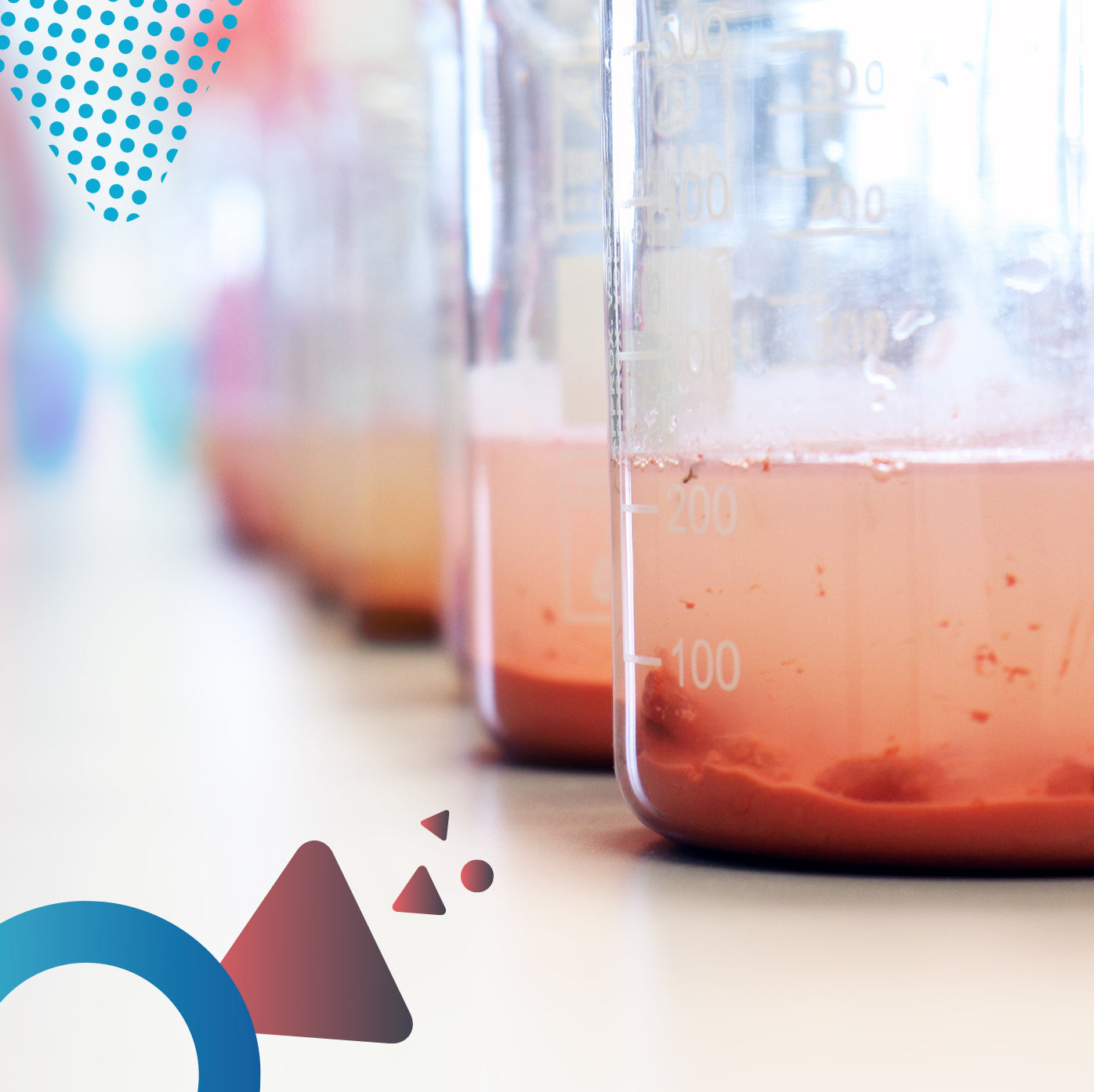Coagulant & Flocculant Jar Stirring Tests
Your go-to resource for optimizing water and wastewater treatment processes

Solution Overview
Jar stirring tests are essential for evaluating the effectiveness of coagulants and flocculants in aggregating suspended particles and improving water clarity. Our comprehensive testing services and state-of-the-art equipment enable precise simulation and analysis of coagulation and flocculation processes, helping you select the most effective treatment chemicals and dosages. With a commitment to accuracy and reliability, we provide tailored solutions that enhance your treatment outcomes, ensure regulatory compliance, and promote sustainable water management. Explore our jar stirring test services and unlock the full potential of your water treatment operations.
What We Do

Coagulant Testing
Jar Testing: Jar stirring services involve conducting jar tests with various coagulants to determine their effectiveness in destabilizing particles and improving water clarity.
Dosage Optimization: Different dosages of coagulants are added to
individual jars containing water samples from the treatment site. The samples are then stirred to simulate mixing in a full-scale treatment plant.
Observation and Analysis: The floc formation and settling characteristics are observed over time to determine the optimal coagulant dosage for achieving the desired water quality goals, such as turbidity reduction and particle removal.
Comparative Studies: Jar stirring services allow for comparative studies between different coagulants to identify the most cost-effective and efficient treatment option for a specific application.
Flocculant Testing
Jar Testing: Similar to coagulant testing, jar stirring services are used for flocculant testing to assess the effectiveness of various flocculants in promoting particle aggregation and settling.
Jar Design: Specialized jars with multiple compartments are often used to test different flocculant dosages simultaneously and compare their performance.
Flocculation Dynamics: The jar test apparatus simulates the flocculation process by subjecting the water samples to gentle agitation, allowing researchers to observe the formation and settling of flocs over time.
Optimization and Selection: By testing different flocculant types and dosages, jar stirring services help optimize treatment processes and select the most suitable flocculant for achieving the desired water quality objectives.
Data Interpretation and Reporting:
Data Collection: During jar stirring services, data such as turbidity, pH, and settling velocities are measured at regular intervals to assess treatment performance.
Analysis and Interpretation: Experienced technicians analyze the test results to determine the effectiveness of coagulants and flocculants under various conditions and recommend optimal treatment strategies.
Report Generation: A comprehensive report summarizing the jar test results, including recommended coagulant/flocculant dosages and treatment parameters, is provided to the client for further evaluation and implementation.
Composite Flocculants
Hybrid Polymers: Composite flocculants combine inorganic and organic components to achieve enhanced flocculation performance. These hybrid polymers may incorporate metal ions, such as aluminum or iron, along with organic polymer chains to improve floc formation and settling properties.
Inorganic-Organic Blends: Blends of inorganic and organic flocculants
are sometimes used to optimize flocculation processes in specific water treatment applications, tailoring the formulation to the characteristics of the water and the contaminants present.
Specialty Flocculants
High Molecular Weight Flocculants: Specialty flocculants with exceptionally high molecular weights are used in applications where rapid settling or dewatering is required, such as sludge dewatering and solid-liquid separation processes.
Rapid Flocculants: Some flocculants are designed for rapid
flocculation kinetics, allowing for faster particle aggregation and settling in high-rate clarification processes.
Acumen Flocculants
CP30
CP60
AP30
EMC30
CP406
Sector Usage

Industrial Sector
Commodity Chemicals: Industrial sectors utilize a wide range of
commodity chemicals such as sulfuric acid, sodium hydroxide, chlorine, and various solvents for manufacturing processes, water treatment, and maintenance operations.
Applications: Commodity chemicals are used in metal fabrication, chemical production, textiles, paper manufacturing, and general industrial cleaning processes.
Agricultural Sector
Commodity Chemicals: Agrochemicals like fertilizers (e.g., urea, ammonium nitrate), pesticides, and herbicides play a crucial role in enhancing crop yields and protecting plants from pests and diseases.
Applications: Farmers use these chemicals to fertilize soil, control weeds, insects, and fungi, ensuring healthy crop growth and maximizing
agricultural productivity.
Food and Beverage Sector
Commodity Chemicals: Food and beverage manufacturers use commodity chemicals such as food-grade acids (e.g., citric acid), alkalis (e.g., sodium hydroxide), and cleaning agents for production, sanitation, and packaging processes.
Applications: These chemicals are used for food preservation, pH adjustment, sanitation of processing equipment, and water treatment to ensure food safety and quality.
Hospitality Sector
Commodity Chemicals: Hospitality establishments utilize cleaning agents, sanitizers, and water treatment chemicals for maintaining
cleanliness, hygiene, and water quality in facilities such as hotels,
restaurants, and catering services.
Applications: Chemicals are used for cleaning and sanitizing surfaces,
utensils, equipment, and water systems to prevent contamination and ensure a safe environment for guests and staff.
Mining Sector
Commodity Chemicals: Mining operations utilize various chemicals
such as sulfuric acid, sodium cyanide, and flotation agents for mineral processing, extraction, and wastewater treatment.
Applications: Chemicals are used in leaching, flotation, and smelting
processes to extract valuable minerals from ores and to treat wastewater generated during mining activities.
Abattoir (Meat Processing):
Commodity Chemicals: Meat processing facilities use cleaning agents, disinfectants, and antimicrobial agents for sanitation and hygiene practices to maintain food safety standards.
Applications: Chemicals are used for cleaning and disinfecting equipment, processing surfaces, and wastewater treatment to prevent microbial contamination and ensure food safety.
Petrochemical Sector
Commodity Chemicals: Petrochemical industries produce a wide range of chemicals such as ethylene, propylene, and various intermediates used in the production of plastics, synthetic fibers, and rubber.
Applications:
These chemicals serve as feedstocks for manufacturing plastics, resins, synthetic fibers, and a variety of consumer and industrial products
Pharmaceutical Sector
Commodity Chemicals: Pharmaceutical manufacturing relies on commodity chemicals such as solvents, acids, bases, and reagents for drug synthesis, formulation, and quality control processes.
Applications: These chemicals are used in drug synthesis, purification, and formulation processes, as well as in laboratory testing and quality
assurance procedures.
Commercial Sector
Commodity Chemicals: Commercial establishments use a range of commodity chemicals such as cleaning agents, disinfectants, and maintenance chemicals for facility management, cleaning, and sanitation purposes.
Applications: Chemicals are used for cleaning and maintenance of commercial buildings, offices, retail spaces, and public facilities to ensure cleanliness, hygiene, and safety for occupants and visitors.
Municipality
Commodity Chemicals: Municipalities utilize chemicals such as chlorine, alum, and polymers for water treatment, wastewater treatment, and sanitation purposes.
Applications: Chemicals are used in municipal water treatment plants for
disinfection, coagulation, flocculation, and pH adjustment, as well as in wastewater treatment facilities for pollutant removal and effluent quality improvement.
Power Generation
Commodity Chemicals: Power plants use chemicals such as sulfuric acid, ammonia, and demineralized water for boiler water treatment, flue gas desulfurization, and emissions control.
Applications: Chemicals are used for corrosion inhibition, scale prevention, and water purification in boiler systems, as well as for flue gas cleaning and pollutant removal to meet environmental regulations.
